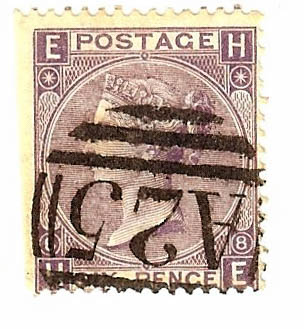
British Stamps used Abroad - Malta
The origins of the British Post Office and Postal Agencies date back to the 18th century. However it was not until after the Napolenic wars in 1815, and with the expansion of the trade across the globe, that these Postal Offices were established and postal services were provided in the newly acquired dependent territories. Eventually these services were transferred from the control of the British Office to the evolving local administration.
Those in foreign countries, nearly always based on existing British Consular appointments, were mostly connected to the network of British Packet lines which had been re-established in 1814. They tended to survive until the country in which they were situated established its own efficient postal services or joined U.P.U. The term "Post Office Agent" was employed by the British G.P.O and "Packet Agent" by the shipping lines to describe similar functions.
Early records of the postal services under the British Occupation are fagmantary but it is known that an Island Postmaster was appointed in 1802. A British Packet Agency was established in 1805 and it later became customary for the same individual to hold the two appointments together. The inland posts continued to be the responsibility of the local administration, but the overseas mails formed part of the British G.P.O system.
The stamps of Great Britain were used on overseas mails from September 1817. Previously during the period of the Crimean War, letters franked with Great Britain stamps from the Crimea were cancelled at Malta with a wavy line obliterator. Such postmarks are known between April 1855 and September 1856.
The British G.P.O relinquished contreol of the overseas posts on 31 December 1884 when Great Britain stamps were replaced by those of Malta.
A25 obliterator was allocated to Malta. Below is an example of British 6d lilac(1863-67) (Plate Nos. 5,6) stamp bearing a A25 oblitrator.

Published on 29 Dec 2019